1. The Shrimp Treadmill Study
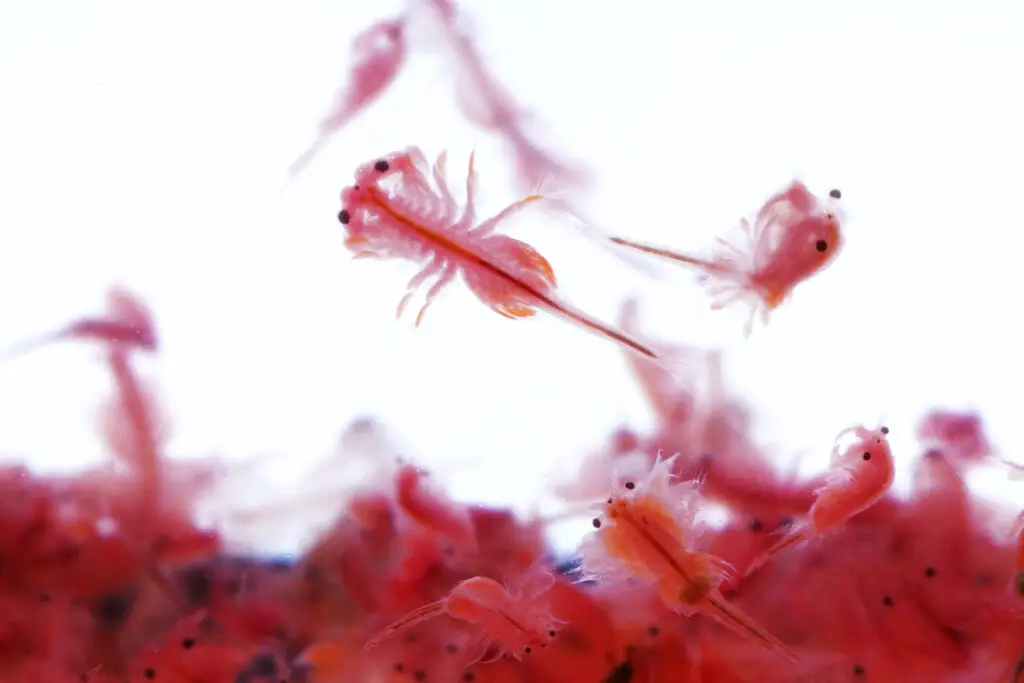
Scientists at a U.S. university actually got government funding to see how shrimp handle exercise. Yes, someone hooked a tiny treadmill up in a tank and coaxed shrimp to “walk” on it to measure their endurance and response to environmental stress. The goal was to see how pollution affects marine life, but the sight of a shrimp doing cardio naturally became a viral joke.
The results did provide insights into how contaminants like low oxygen levels impact aquatic creatures, which can affect entire ecosystems. Still, critics argued the project was a frivolous use of taxpayer money. Defenders said it was a small part of a much larger, important study. But for many, the mental image of a shrimp in running shoes stuck far more than the actual science.
2. The Drunken Birds Experiment
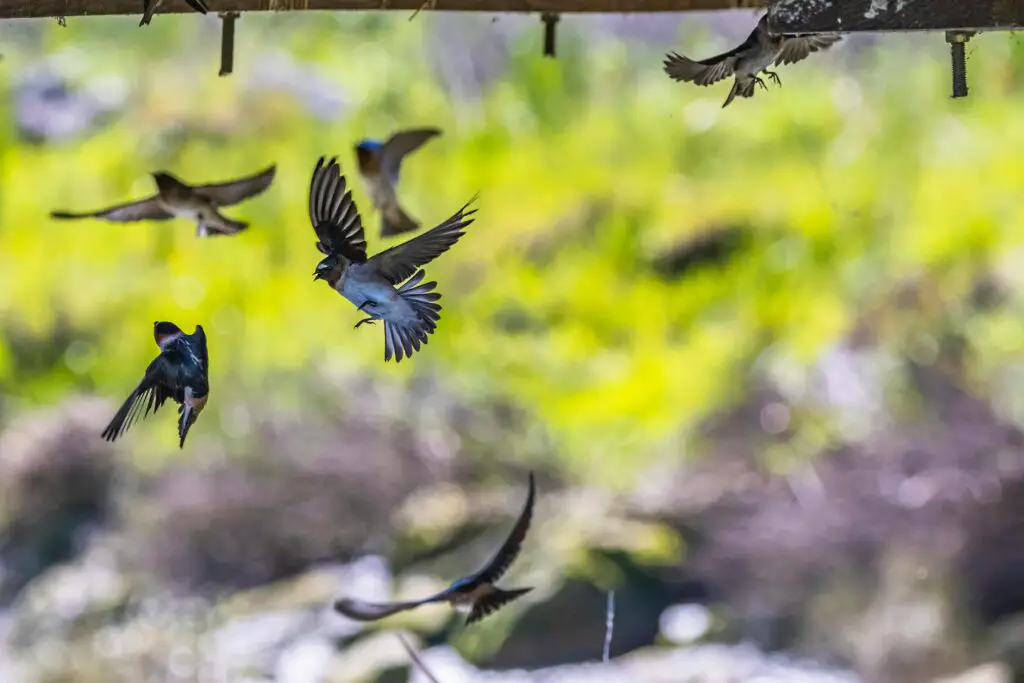
In one government-funded study, scientists got cedar waxwings tipsy to see how alcohol affects their coordination. The birds were given naturally fermented berries, which they often eat in the wild. Researchers recorded how they flew and landed afterward, noting that the inebriated birds were clumsier and slower to react.
The study aimed to understand how naturally occurring ethanol in fruit affects migratory patterns and survival rates. Supporters argued that it helped explain why certain bird populations suffer higher mortality in fall and winter. Critics, however, questioned whether watching birds get buzzed really warranted federal dollars. Either way, the footage was a mix of adorable and oddly tragic.
3. The Robot Squirrel Project
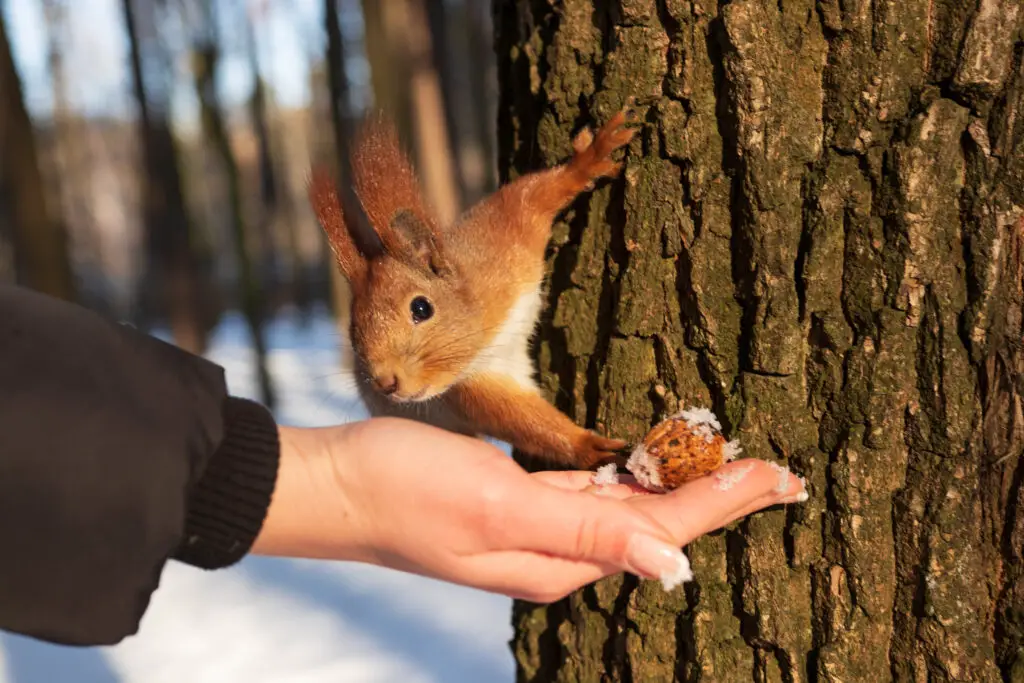
This experiment involved building a lifelike robotic squirrel and placing it in the wild to interact with rattlesnakes. The mechanical squirrel could mimic tail movements and even change its body temperature to match real-life warning signals squirrels give to predators.
The purpose was to study predator-prey communication and see how snakes react to different warning behaviors. Researchers found that certain tail motions discouraged attacks, which could help in conservation efforts. Still, the phrase “robot squirrel” raised eyebrows among taxpayers. To many, it sounded more like a bizarre toy project than serious science.
4. The Golfing Monkey Study
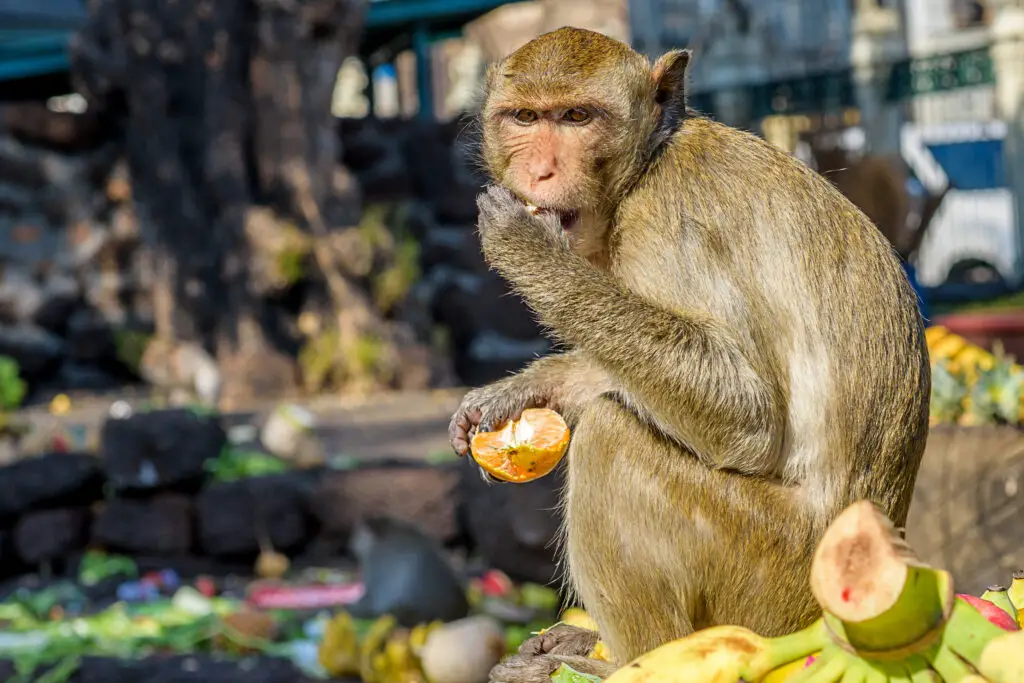
A strange government-backed project once explored whether capuchin monkeys could learn to play golf-like games. Researchers gave them miniature clubs and designed simple putting greens to observe learning behavior, coordination, and problem-solving.
The real goal was to gain insights into motor skill development and the evolution of tool use in primates. Supporters said it advanced knowledge of how intelligence evolves in animals, while detractors saw it as absurd entertainment. It’s hard to say if the monkeys got better at “golf,” but they did seem to enjoy flinging clubs more than hitting balls.
5. The Underwater Treadmill for Ducks

In another treadmill-related study, researchers put ducks in a tank with a moving floor to measure how efficiently they swim. The ducks paddled in place while scientists collected data on muscle activity, energy use, and buoyancy.
The idea was to better understand migration endurance and how environmental conditions affect waterfowl. While bird biologists praised the study’s findings, others questioned whether watching ducks “work out” was a smart use of funds. At the very least, it made for some adorable lab footage.
6. The Comedy Laughter Experiment

A government-funded project once studied how people’s brains react to bad jokes versus genuinely funny ones. Participants listened to stand-up routines and watched sitcom clips while their brain activity was recorded.
The aim was to understand humor perception and its connection to mental health, creativity, and social bonding. Scientists argued it could have therapeutic applications, especially for people struggling with depression. Still, some taxpayers balked at funding “laugh research” while watching researchers get paid to binge comedy shows.
7. The Glow-in-the-Dark Cat Project

Researchers in a government-backed biomedical study genetically modified cats so they would glow under UV light. The glowing trait was linked to a gene intended to fight certain viral infections, which allowed scientists to track its expression.
While it sounded like mad science, the goal was to test ways of preventing HIV-like viruses in animals. Critics saw it as unnecessary genetic tinkering, while supporters pointed to potential breakthroughs in human medicine. Either way, the image of a fluorescent cat captured the public’s imagination far more than the underlying data.
8. The Snake on a Plane Study

One team of scientists, with federal funding, put live snakes in a small aircraft to see how they reacted to changes in cabin pressure and temperature. The snakes were monitored for stress levels, movement patterns, and respiratory changes mid-flight.
The research was aimed at improving the safe transport of reptiles for conservation programs and zoos. While the purpose was serious, the setup inevitably reminded people of the movie Snakes on a Plane. Unsurprisingly, the public response was a mix of fascination and disbelief.
9. The Mountain Goat Pee Analysis

This project involved collecting and analyzing the urine of wild mountain goats to understand their diet and overall health. Researchers hiked into remote areas to follow the goats and gather samples for testing.
The findings helped conservationists monitor how changing vegetation patterns affect the goats’ survival. Still, many questioned the price tag for “studying goat pee.” For the scientists, though, it was a smelly but necessary way to protect the species.
10. The Singing Whale Translation Attempt
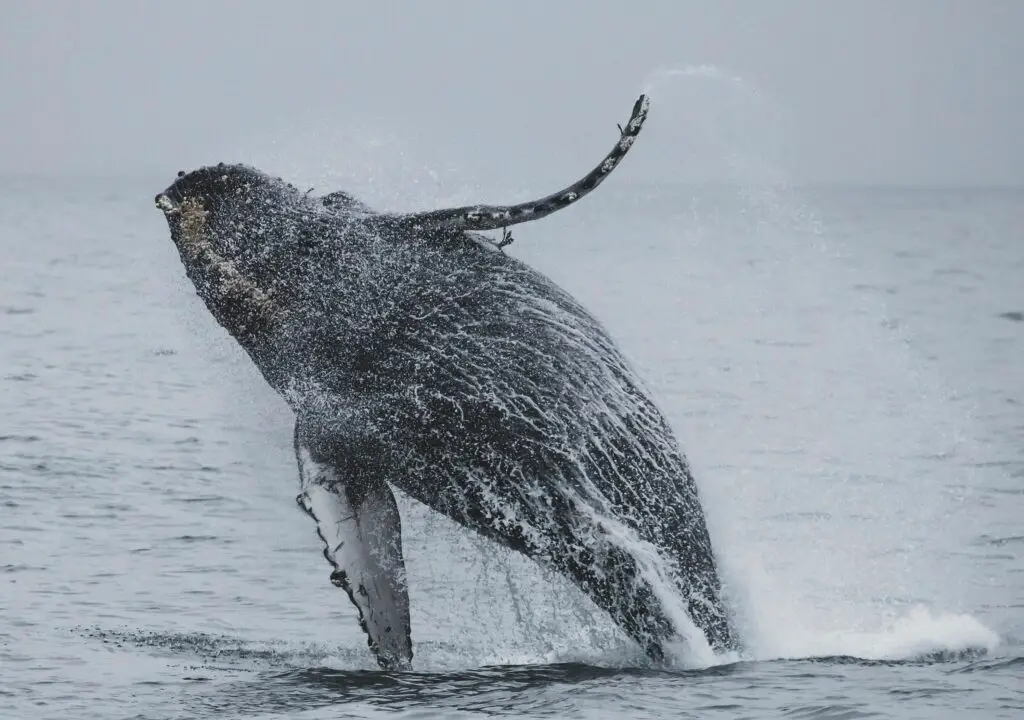
Government funding once went to a study aiming to “translate” humpback whale songs into a structured form humans could understand. Researchers recorded thousands of hours of whale sounds, then used algorithms to detect repeated patterns.
The hope was to uncover new insights into whale communication, which could lead to better conservation strategies. Some saw it as an inspiring attempt at interspecies understanding, while others thought it was a costly and possibly impossible goal. At the very least, it produced hauntingly beautiful audio archives.
11. The Bee Facial Recognition Study
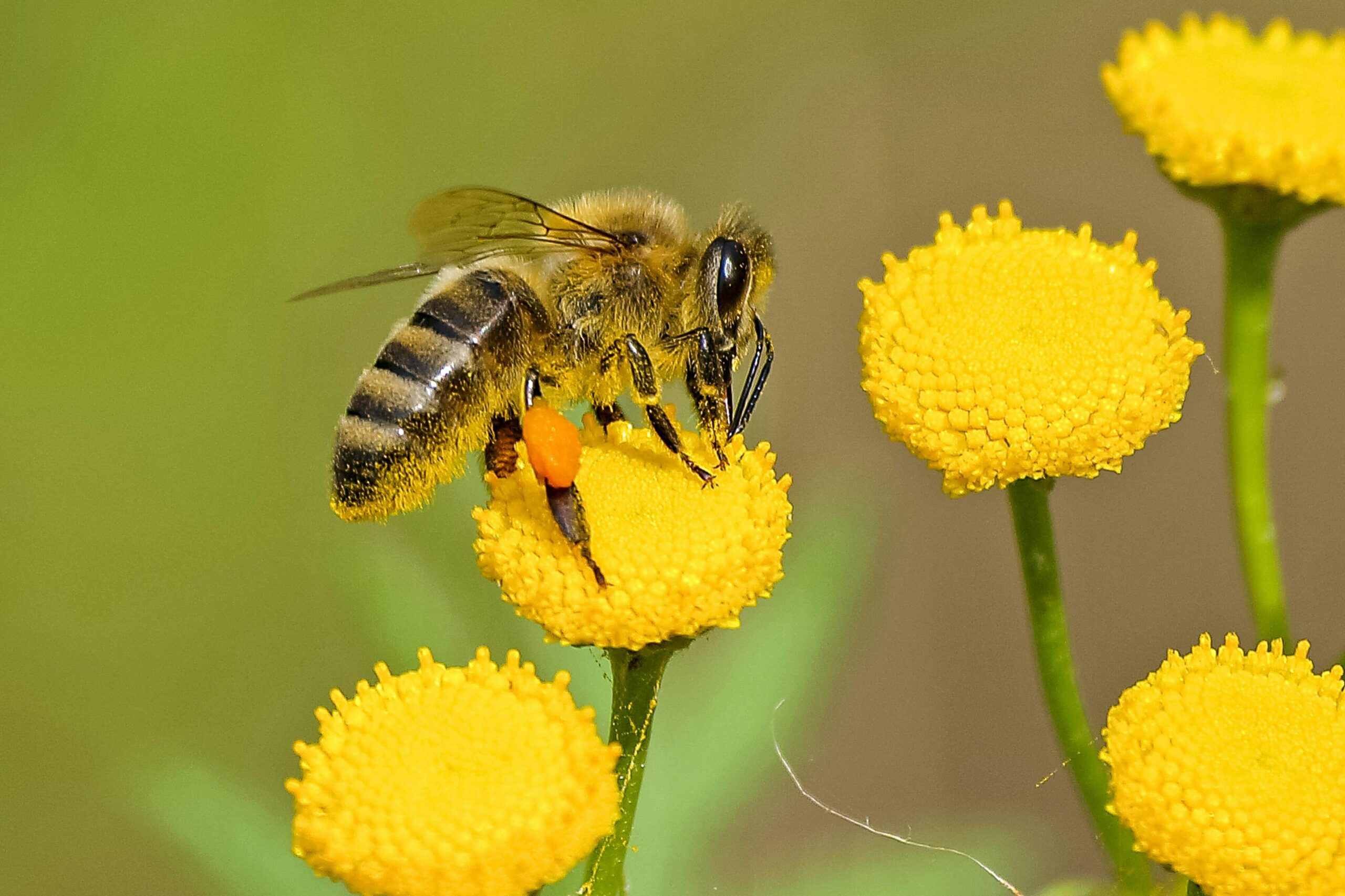
In this odd project, scientists tested whether bees could recognize human faces. They presented bees with photos of different people, rewarding them for correct matches. Surprisingly, the bees learned to identify and remember faces at a rate similar to some mammals.
The research offered insights into how brains process visual information and had potential applications in AI. But when the public heard “taxpayer-funded bee face study,” the reaction was more laughter than admiration. Still, the bees passed with flying colors—literally.
12. The Shrimp Fight Club

In another shrimp-related experiment, researchers staged tiny crustacean battles to study aggression and dominance behavior. The shrimp were paired off in tanks while their interactions were closely observed and recorded.
The goal was to learn more about competition over resources in marine ecosystems. While useful for ecological models, the idea of shrimp “fight club” quickly overshadowed the serious science. Rule number one: don’t talk about shrimp fight club—unless you’re asking why it needed federal funding.
13. The Coffee-Breath Goat Study

This peculiar research looked at whether caffeine consumption in goats would affect their grazing patterns and alertness. Scientists gave goats controlled amounts of caffeinated feed, then tracked how far and fast they moved.
The study aimed to understand how stimulants could alter animal behavior, which might be relevant to livestock management. But for most people, the thought of jittery, over-caffeinated goats was the only memorable takeaway. Somewhere out there, a goat is still buzzing from its government-funded latte.
